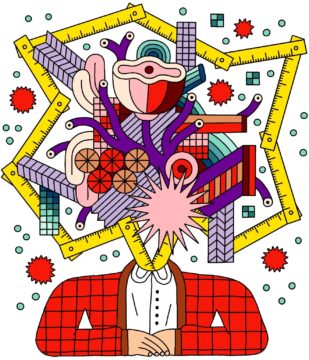Louis Menand in The New Yorker:
 What is “creative nonfiction,” exactly? Isn’t the term an oxymoron? Creative writers—playwrights, poets, novelists—are people who make stuff up. Which means that the basic definition of “nonfiction writer” is a writer who doesn’t make stuff up, or is not supposed to make stuff up. If nonfiction writers are “creative” in the sense that poets and novelists are creative, if what they write is partly make-believe, are they still writing nonfiction? Biographers and historians sometimes adopt a narrative style intended to make their books read more like novels. Maybe that’s what people mean by “creative nonfiction”? Here are the opening sentences of a best-selling, Pulitzer Prize-winning biography of John Adams published a couple of decades ago:
What is “creative nonfiction,” exactly? Isn’t the term an oxymoron? Creative writers—playwrights, poets, novelists—are people who make stuff up. Which means that the basic definition of “nonfiction writer” is a writer who doesn’t make stuff up, or is not supposed to make stuff up. If nonfiction writers are “creative” in the sense that poets and novelists are creative, if what they write is partly make-believe, are they still writing nonfiction? Biographers and historians sometimes adopt a narrative style intended to make their books read more like novels. Maybe that’s what people mean by “creative nonfiction”? Here are the opening sentences of a best-selling, Pulitzer Prize-winning biography of John Adams published a couple of decades ago:
This does read like a novel. Is it nonfiction? The only source the author cites for this paragraph verifies the statement “weeks of severe cold.” Presumably, the “Christmas storm” has a source, too, perhaps in newspapers of the time (1776). The rest—the light, the exact depth of frozen ground, the packed ice, the ruts, the riders’ mindfulness, the walking horses—seems to have been extrapolated in order to unfold a dramatic scene, evoke a mental picture. There is also the novelistic device of delaying the identification of the characters. It isn’t until the third paragraph that we learn that one of the horsemen is none other than John Adams! It’s all perfectly plausible, but much of it is imagined. Is being “creative” simply a license to embellish? Is there a point beyond which inference becomes fantasy?
More here.
